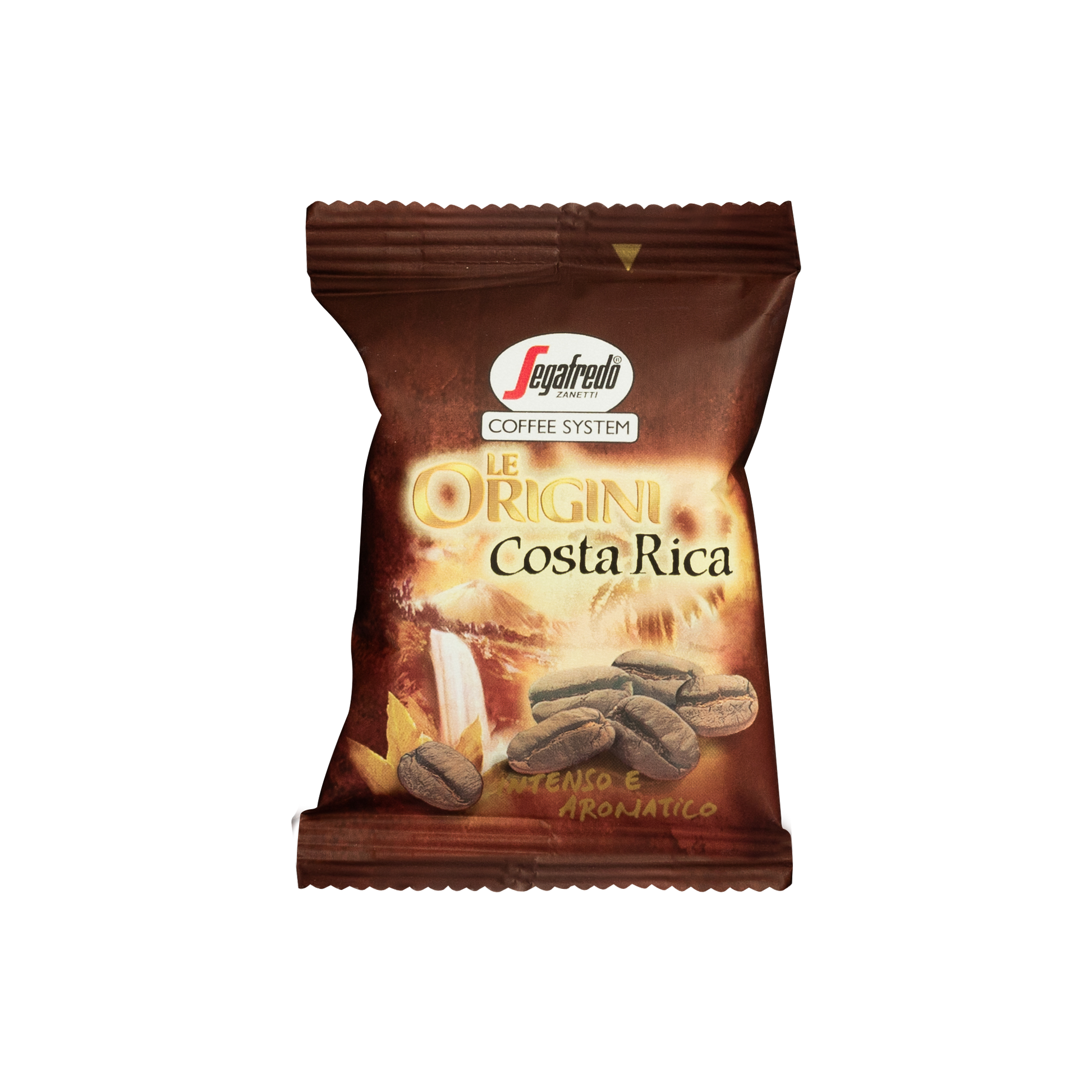SOE Single Origin Espresso – The Go-To Choice for Espresso Lovers
SOE Single Origin Espresso – The Go-To Choice for Espresso Lovers
Blog Article
Comprehending Coffee Beans: the Trip From Espresso to Blended Coffee Beans

The Origins of Coffee: An International Point Of View
While you may think of coffee as a modern-day staple, its origins trace back centuries, linking with societies throughout the globe. The story begins in Ethiopia, where tale states a goat herdsman named Kaldi uncovered the stimulating results of coffee beans after discovering his goats romping energetically after consuming them. This sparked passion, leading to coffee's spread to Arab traders that cherished the made beverage. By the 15th century, it got to Persia, Egypt, and Turkey, where coffeehouses became social centers for conversation and society.
As profession courses broadened, coffee made its method to Europe in the 17th century, promptly gaining popularity. Each culture added its unique twist to coffee preparation, enriching its history.
Cultivation and Harvesting of Espresso Beans
As coffee's journey evolved, the focus changed to the farming and harvesting of specific bean varieties, specifically those made use of for coffee. You'll locate that coffee beans often come from Arabica or Robusta plants, each offering distinct flavors. The perfect growing conditions include high altitudes and rich, well-drained soil, which improve the beans' quality.
During the harvest, picking methods vary. In some areas, workers hand-pick ripe cherries, making certain only the ideal fruit mosts likely to processing. In other areas, mechanical farmers are utilized, especially on larger ranches. Timing is crucial; you wish to gather when the cherries get to peak perfection for optimum taste.
When harvested, the beans are prepared for handling, which is crucial in determining their last preference. Understanding the growing and gathering procedures provides you understanding into what enters into your favored espresso, improving your gratitude for each mug.
Processing Techniques: From Cherry to Bean
Since you have actually learnt more about collecting espresso beans, let's discover exactly how those cherries change into the coffee beans you enjoy. You'll see how various harvesting techniques effect taste, complied with by the essential actions of fermentation and drying out. Lastly, we'll damage down the milling and grading process that identifies your coffee's top quality.
Gathering Strategies Discussed
When it comes to coffee, understanding harvesting methods is crucial, since they directly impact the taste and top quality of the beans you enjoy. Discerning selecting entails hand-picking just ripe cherries, guaranteeing you get the best quality beans. Ultimately, the choice of harvesting technique can greatly affect your coffee experience, so it's worth recognizing just how those beans made it to your cup.
Fermentation and Drying
After harvesting, the following actions in handling coffee beans play a substantial function in forming their flavor. You'll find that fermentation is vital, as it helps break down the mucilage surrounding the beans, enhancing their preference account. Depending on the approach, this procedure can last from a couple of hours to numerous days, with differing outcomes based on temperature and moisture.
As soon as fermentation is complete, drying follows, which is similarly crucial. You can select from sun-drying or mechanical drying out approaches. Sun-drying allows the beans to absorb flavors from the atmosphere, while mechanical drying assurances constant moisture degrees no matter of weather condition. Appropriate drying is necessary to stop mold and mildew and protect the beans' top quality, inevitably affecting your cup of coffee.
Milling and Grading Refine
As fermentation and drying set the phase for flavor advancement, the milling and grading procedure guarantees that just the most effective coffee beans make it to your cup. This phase includes removing the outer layers of the coffee cherry, consisting of the parchment and husk. After milling, the beans are sorted by size and weight, ensuring a consistent quality. You'll discover that grading aids determine flaws and classify beans, which affects flavor and fragrance. Top notch beans receive a higher grade, leading to a richer coffee experience. As soon as graded, the beans await packaging and delivery, maintaining their unique attributes. This meticulous process is essential for providing the exceptional taste you appreciate in every sip of your favorite mixture.
Roasting Strategies: Opening Taste Potential
When you roast coffee beans, the method you choose can dramatically impact the taste account. Recognizing the partnership in between time, temperature level, and toasting strategies is crucial to exposing the capacity of your mixture. Allow's check out exactly how these components collaborated to develop the perfect mug.
Roasting Approaches Clarified
While you might assume that all coffee toasting approaches generate the same outcomes, the fact is that each method discloses distinct taste capacities in the beans. Drum roasting makes use of a turning drum to evenly distribute heat, improving caramelization and creating a balanced taste. Air roasting, on the other hand, circulates hot air around the beans, advertising a lighter roast with obvious acidity.

Influence On Flavor Account
Various roasting techniques not just affect the process however additionally considerably influence the flavor profile of the coffee beans. When you pick a light roast, you'll experience bright acidity and floral notes, showcasing the bean's beginning. In contrast, a medium roast equilibriums level of acidity with sweet taste, commonly revealing chocolatey undertones. Dark roasts, on the other hand, draw out strong, great smoky tastes, in some cases covering up the bean's one-of-a-kind qualities. Each method exposes various oils and substances, leading to a wide variety of tastes. By trying out with numerous toasting designs, you can discover which profiles resonate with your palate. Comprehending these subtleties aids you appreciate the creativity behind your mug of coffee, enhancing your general experience with every sip.
Time and Temperature Level Elements
To release the complete flavor capacity of coffee beans, both time and temperature level during the toasting procedure play substantial roles. When roasting, you'll find that higher temperatures can promptly create flavors, but if you rush it, you could wind up with burned notes. Alternatively, reduced temperatures allow for a more progressive taste growth, showcasing the beans' one-of-a-kind features.

Timing is equally as vital; prolonging the roast too long can lead to a loss of acidity and brightness, while also short a roast could leave the beans underdeveloped. Finding that pleasant spot calls for practice and trial and error. By adjusting these elements, you can disclose the rich, complicated tastes hidden within each bean, developing a truly exceptional coffee experience.
The Art of Blending: Crafting Distinct Coffee Accounts

Begin by picking a base coffee that provides a solid foundation. A brilliant Ethiopian bean can bring fruitiness, while a rich Brazilian coffee adds body.
As you blend, remember that each mix informs a story. You're not just making coffee; you're producing an experience. So, take your time, preference frequently, and delight in the journey of finding your signature blend.
Brewing Methods: How Preparation Impacts Flavor
Mixing coffee opens up a domain name of taste opportunities, yet just how you brew that mix can substantially influence your final cup. On the various other hand, a pour-over highlights the coffee's clearness and illumination, Get More Information excellent for showcasing delicate notes.
Coffee, with its high pressure, generates a focused shot that highlights sweetness and crema. If you like a lighter brew, take into consideration a chilly mixture technique; it produces a smooth, less acidic preference.
Changing variables like water temperature level, grind size, and brew time can change your coffee's account. Embrace the art of developing to uncover the flavors hidden in your coffee blends.
The Future of Coffee: Sustainability and Technology
As the coffee industry progresses, sustainability and innovation are coming to be essential for attending to ecological challenges and meeting customer needs. You'll see that more coffee business are embracing environmentally friendly methods, from sourcing beans morally to applying sustainable farming techniques. These changes not just aid the earth but also enhance the high quality of the coffee you take pleasure in.
You could see innovations like biodegradable packaging and water-saving brewing methods that decrease waste. Advanced modern technology, such as blockchain, is additionally coming to be preferred, ensuring openness in the supply chain, which allows you to trace your coffee back to its origins.
Furthermore, buying local communities and supporting farmers through fair trade campaigns fosters a more sustainable coffee community. As you sip your next cup, bear in mind that your options can add to a brighter future for coffee. By going with lasting brands, you're not just enjoying a beverage; you're making a positive influence on the world.
Regularly Asked Questions
What Is the Difference Between Arabica and Robusta Beans?
Arabica beans are smoother, sweeter, and have a higher level of acidity, while robusta beans are more powerful, extra bitter, and contain even more high levels of caffeine. You'll observe these distinctions in taste and aroma when making your coffee.
Just How Does Elevation Affect Coffee Bean Flavor?
Altitude impacts coffee bean flavor considerably. Higher altitudes create beans with brighter acidity and facility flavors, while reduced altitudes frequently produce beans that are heavier and much less nuanced. You'll discover these distinctions in your cup!
What Are the Health And Wellness Advantages of Alcohol Consumption Coffee?
Drinking coffee can improve your energy, enhance mental emphasis, and even improve look what i found physical performance. It's rich in anti-oxidants, may reduce the threat of specific conditions, and can promote a healthier metabolic rate when consumed in small amounts.
Can Coffee Beans Be Reused for Brewing?
Yes, you can recycle coffee beans for brewing, however the taste may be weak. If you you can try this out delight in trying out, try recycling them in different means, like cold mixtures or contributing to smoothie mixes for an additional kick.
Just how Should I Store Coffee Beans for Quality?
To keep your coffee beans fresh, keep them in a closed container in a cool, dark location. Stay clear of exposing them to wetness, warmth, or light, as these factors can promptly degrade their taste and aroma.
Understanding Coffee Beans: the Journey From Coffee to Blended Coffee Beans.
Currently that you've learned about gathering espresso beans, allow's explore how those cherries transform right into the coffee beans you like.When you roast coffee beans, the approach you choose can dramatically influence the flavor profile - Single Origin Espresso.While you could think that all coffee roasting approaches yield the exact same outcomes, the fact is that each technique exposes one-of-a-kind flavor possibilities in the beans.Different toasting techniques not just influence the process yet likewise substantially affect the taste account of the coffee beans
Report this page